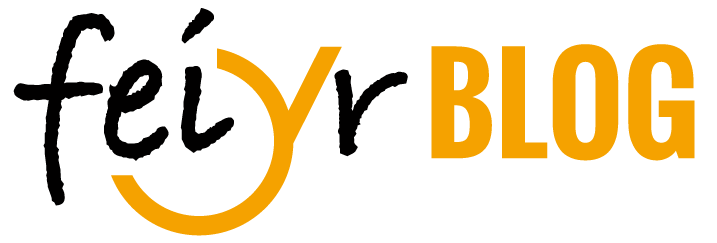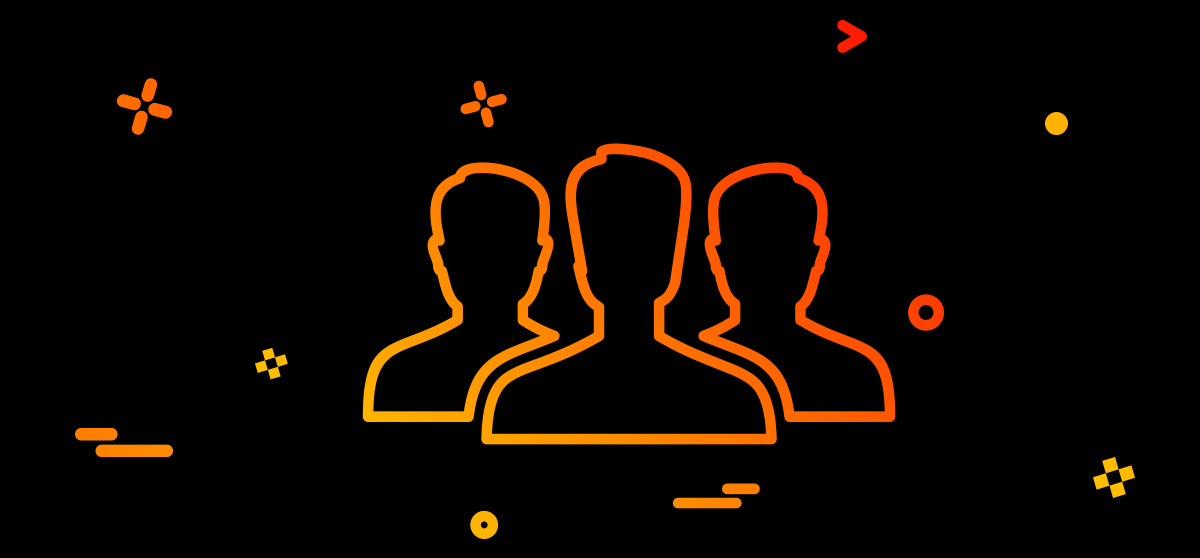User roles are an important function in many software systems and platforms. They help to manage and control the different users and their access rights. A user role defines the permissions a user has within the system and what tasks they are allowed to perform.
What Are the Different User Roles?
There are different types of user roles that can be defined differently depending on the system. Some common roles are for example:
- Administrator
- Content Manager
- Analyst
- Finance Manager
The rights and restrictions of each role are precisely defined.
When Should I Set User Roles?
You have a label with several employees or a company with different departments? Then you should definitely use this function.
By doing this you increase the efficiency of work processes by assigning the right people to the right tasks. For example, your label manager can manage releases or eBooks, while the finance manager does billing and transfers.
You also avoid accidental or deliberate misuse of data. Since each user can only access the functions that are defined for their role and are relevant to them.
Do I Have to Take Care of Anything After Setting Up Roles?
It is also important that user roles are regularly reviewed and updated. Over time, the requirements of the system or application may change and new user roles may be required. In addition, user roles should be reviewed from time to time to ensure that they are still appropriate and that users cannot accidentally or intentionally access inappropriate data.

